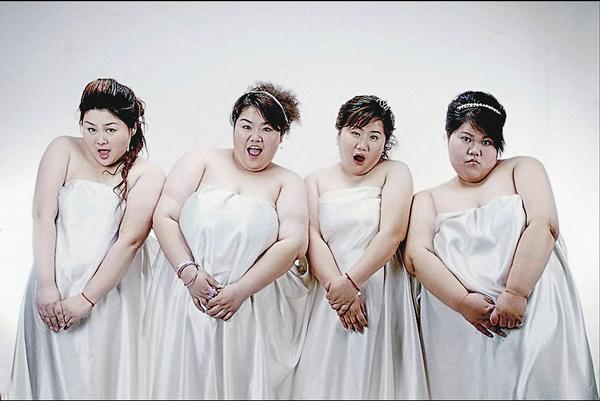- Joined
- Aug 6, 2008
- Messages
- 4,968
- Points
- 48
The Great Wall actually started with many separate walls during the Warring States period. After Qin Shihuang conquered all the states and united China, he started the project to link them up into one single wall. It fell into disuse in subsequent dynasties as it wasn't logistically feasible to station army all along the wall so long. Only a few vital points were guarded. The experience of defeat of Song Dynasty in the hands of Jin and Mongolia prompted Ming Dynasty to relook at the Great Wall policy. It was extensively renovated and reinforced and guarded at more points.
However, the crucial keyholder to the first gate north-east, Wu Sangui (great*x uncle of GMS), opened the gate for the Manchurian army to march in unopposed. He was promoted by the succeeding Qing Dynasty from Field Marshal to Duke of Yunnan. At the reign of the 2nd Qing Emperor Kangxi, WSG revolted again but failed. Some of his surviving kins fled to Hainan.
This was what Ying Zheng built
Qin Shi Huang conquered all opposing states and unified China in 221 BC, establishing the Qin Dynasty. Intending to impose centralized rule and prevent the resurgence of feudal lords, he ordered the destruction of the wall sections that divided his empire along the former state borders. To protect the empire against intrusions by the Xiongnu people from the north, he ordered the building of a new wall to connect the remaining fortifications along the empire's new northern frontier. Transporting the large quantity of materials required for construction was difficult, so builders always tried to use local resources. Stones from the mountains were used over mountain ranges, while rammed earth was used for construction in the plains.
This was what I meant by the current one we see today
Unlike the earlier Qin fortifications, the Ming construction was stronger and more elaborate due to the use of bricks and stone instead of rammed earth.
http://en.wikipedia.org/wiki/Great_Wall_of_China
Basically we can't see any traces of the original wall. Discovery have a very good documentary on this
Last edited:






